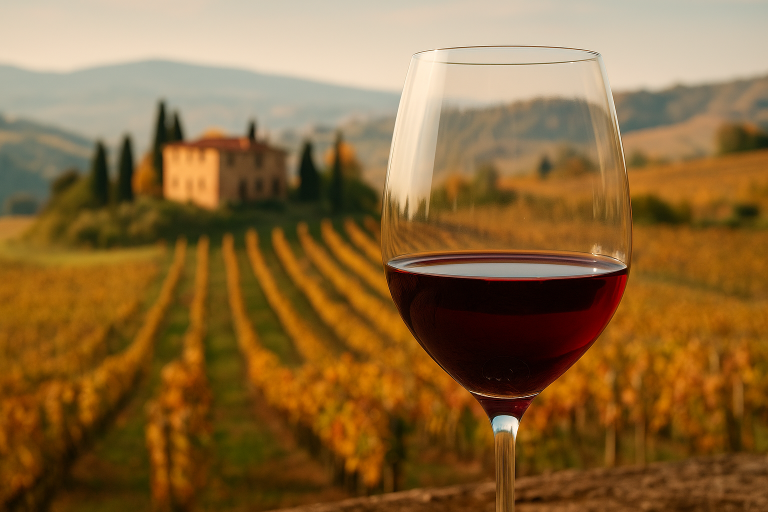Rich, aromatic, and deeply expressive, Carménère is one of the wine world’s great rediscoveries. Once lost for over a century, this grape — with its signature dark fruit, spice, and herbal charm — has found new life far from its French homeland. Today, Carménère stands as Chile’s signature red wine, embodying both the mystery of its past and the brilliance of its rebirth.
A Brief History
Carménère’s story begins in Bordeaux, France, where it was once prized as one of the region’s noble red varieties. In the 18th and 19th centuries, Carménère added depth, color, and soft tannins to Bordeaux blends. However, its thin skins and early budding made it vulnerable to weather and disease — particularly the phylloxera plague that devastated European vineyards in the mid-1800s.
After the outbreak, most Bordeaux vineyards were replanted with hardier varieties like Cabernet Sauvignon and Merlot, and Carménère was thought to be extinct.
But in a remarkable twist, the grape survived — unnoticed — in Chile. In the 1850s, French cuttings of what was believed to be Merlot were transported to Chilean vineyards. For more than a century, Carménère was unknowingly cultivated under that name.
It wasn’t until 1994, when ampelographer Jean-Michel Boursiquot identified the vines as Carménère, that the truth emerged. Chile had not only preserved the variety — it had given it a new home. The country’s warm, dry climate and long growing season suited Carménère perfectly, allowing it to achieve full ripeness and reveal its complex character.
Where It’s Grown
Today, Chile is the undisputed home of Carménère, accounting for more than 90% of global production. The grape thrives in the Central Valley, particularly in Colchagua, Rapel, and Maipo, where warm days and cool nights produce balanced wines with ripe fruit and vibrant acidity.
Small plantings also exist in Italy, France (in limited quantities), China, and the United States, but Chile remains its spiritual and practical center — the one place where Carménère truly reaches its full potential.
Tasting Notes
Carménère is typically medium to full-bodied, with soft tannins and moderate acidity. Its color is deep crimson or garnet, hinting at the lush flavors to come.
The aroma is distinctive — a fusion of blackberry, plum, and cherry interwoven with green pepper, paprika, tobacco, and cocoa. On the palate, it combines fruit-forward richness with subtle earthy undertones. When aged in oak, it gains complexity with notes of vanilla, espresso, and sweet spice, while maintaining its trademark herbal edge.
Carménère’s smooth texture and savory character make it incredibly versatile at the table. It pairs beautifully with grilled meats, lamb, roasted peppers, tomato-based dishes, and smoky barbecue — foods that echo its warmth and spice.
Served slightly below room temperature (around 60–63°F), it reveals a perfect balance of fruit and freshness.
The Essence of Carménère
Carménère’s journey from lost Bordeaux relic to Chilean icon is one of resilience and rediscovery. It’s a wine that tells a story — of history, migration, and second chances.
In every glass, Carménère offers a taste of transformation: the old world reborn in the new. With its velvety texture, dark fruit, and subtle spice, it stands as a symbol of both heritage and innovation — a wine that, like the vines themselves, refuses to be forgotten.








One Comment